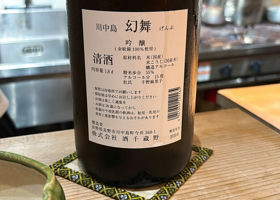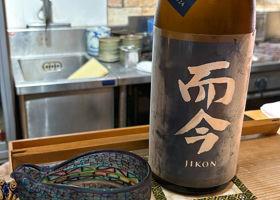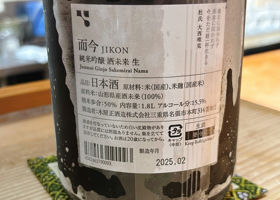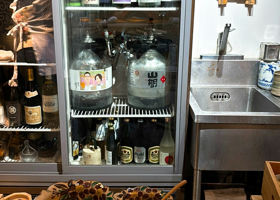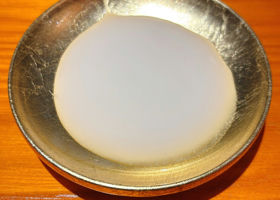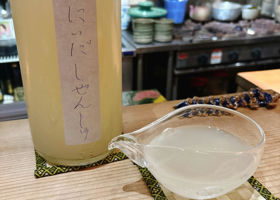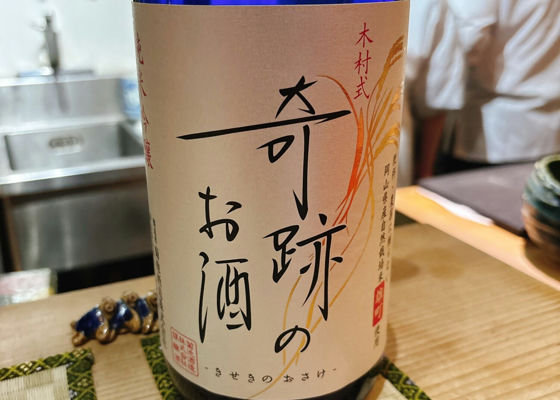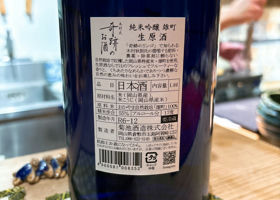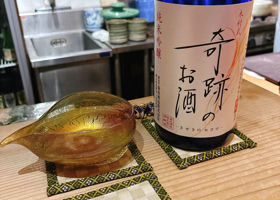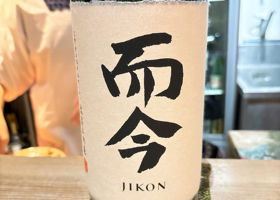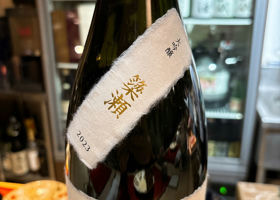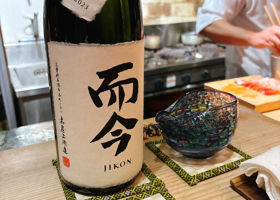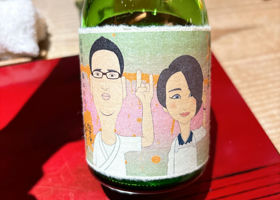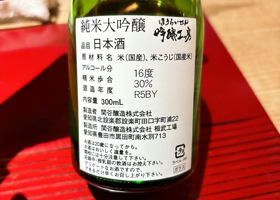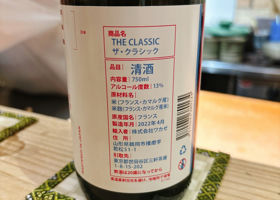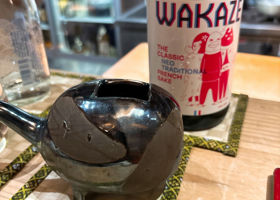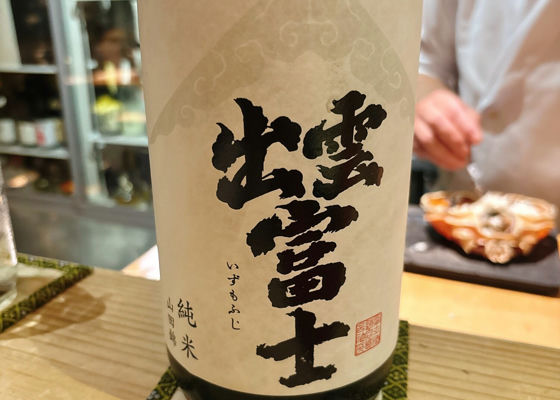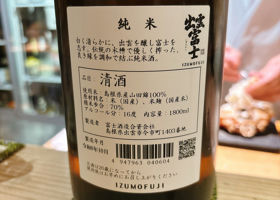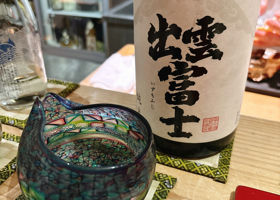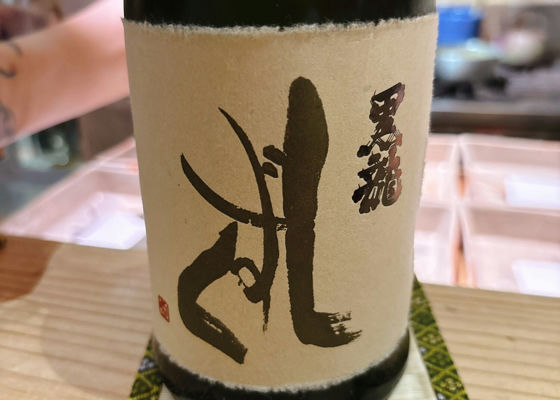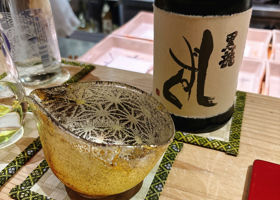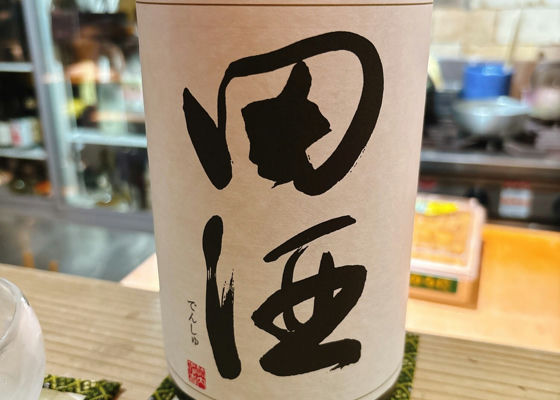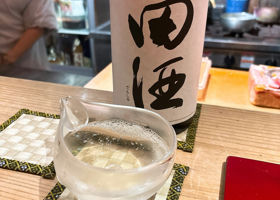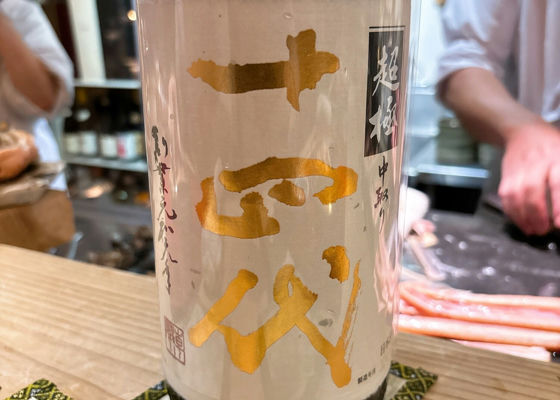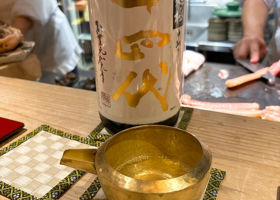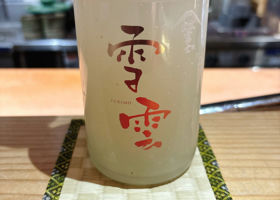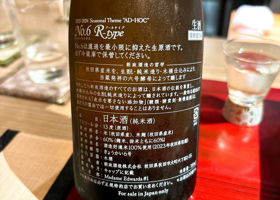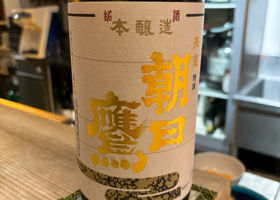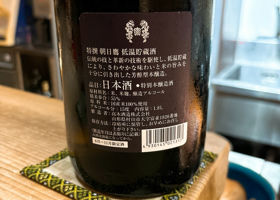Timeline
やす☆This is the first Genmai Asoe I've had. It has a clean taste with a refreshing aluzoe quality. やす☆The freshness of the wine is not so great, perhaps because it has been out of bottle for some time. It is soft and clear with melon-like sweetness. やす☆KEG in the mountains, with a crisp freshness and a refreshing acidity. やす☆As an aperitif. Strong impression of the throaty rice flavor. やす☆First tsunan. It is crisp and clear with a hint of umami. It is a dry sake that is very typical of Niigata sake. やす☆It has a clear, soft, sweet and delicious taste, and is full of the silky feel of a 30% polished wine. やす☆This is the first time to drink Kachikoma's Shiboritate Hon Nama. Although it is a nama-shu, the freshness is subdued and it has a clear, crisp flavor typical of Kachikoma. The crisp and clean taste was stronger than the Kakishikoma Kanji we have had in the past. やす☆To be served as an aperitif. Clear, elegant, sweet and tasty sake. やす☆We also get a mouthful of this one.
The crisp mouthfeel with fresh acidity is well balanced with the graininess of nigori. It is easy to drink and tastes so good that it is hard to believe that it is an 85% polished sake. やす☆We get a mouthful of this one as well.
It is fresh and clear on the palate. It has a juicy grape-like quality, but it is not showy at all and has a depth of flavor that can be used as a food wine. やす☆This is probably the first Jikin Aru Soze I've ever had.
It was a little fresh even though it was fire-aged, probably because it was opened at the beginning of the bottle. There is no sense of alcohol, and it has a deep flavor that is hard to believe it is alky. やす☆It is served as an aperitif.
Although it is fire-aged, it is fresh and has the clarity of a 30% polished sake. The low sweetness is a good impression. やす☆Clear, refreshing acidity with a white wine-like quality. やす☆It has a clear flavor that one would not expect from a 70% polished sake, and the sharpness is not bad either. It is good as a food sake. Prefer it at room temperature. やす☆It has a clear, crisp flavor and a hint of sweetness. There is no sense of alcohol and it is as perfect as one would expect. やす☆Petit fresh, with a clear apple-like sweetness and flavor that quickly disappears. Stable taste. やす☆There is a slight freshness and a soft sweet flavor like melon or muscat. In general, it has a strong impression of sweetness. やす☆As an aperitif. Mild freshness and nigori graininess coexist. やす☆The acidity of the sake is impressive. やす☆The balance between the cleanness of the alsobe and the muscat-like fruitiness is superb. RecommendedContentsSectionView.title

